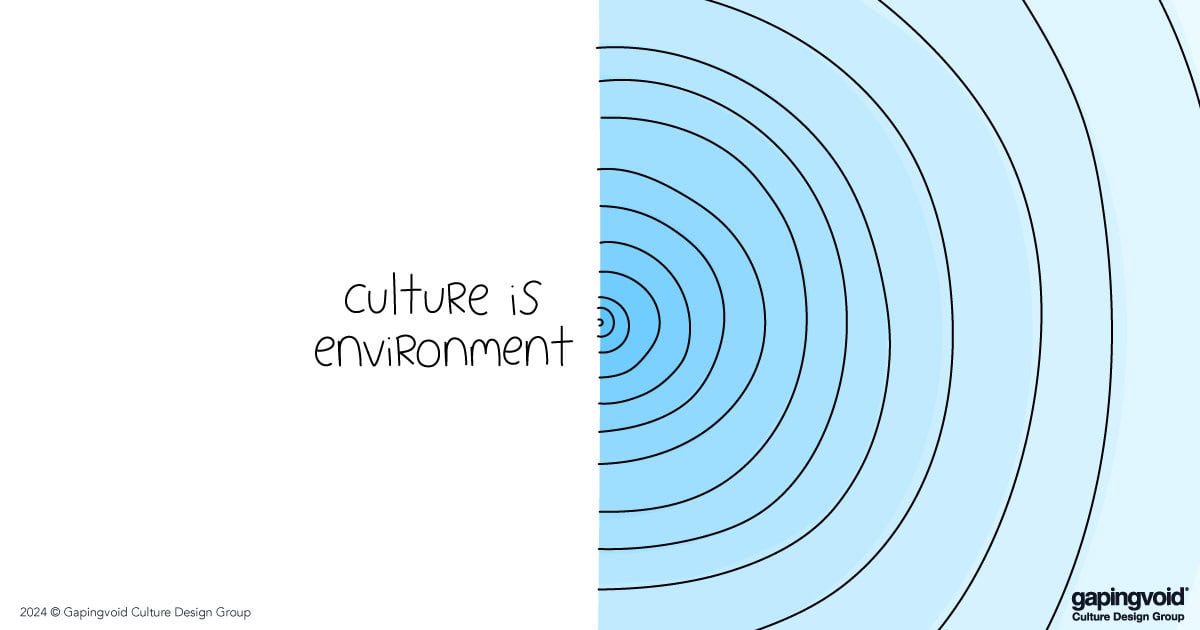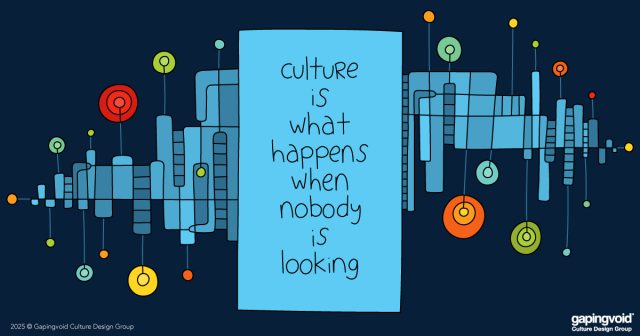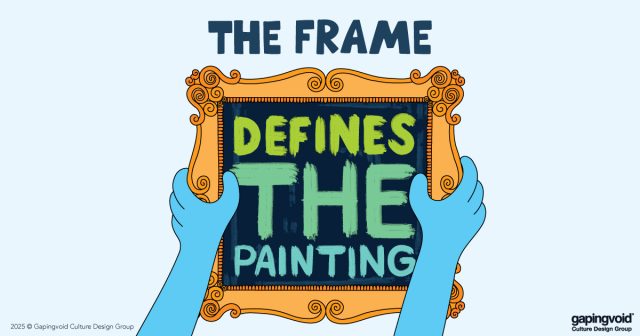
Walking along Harrow Road in London in the mid-1970s, the art-rock pop star and former Roxy Music band member, Brian Eno, suddenly tripped, fell off the sidewalk onto the main road, and got hit by a car.
He survived but was laid up in the hospital for a long while. A girlfriend came to visit one day and put on a record on the phonograph to give him something to listen to – a recording of 17th Century harp music.
After she left, Eno quickly realized that she left the volume on far too low to hear properly, but he was too bedridden to sit up and go raise it.
The volume was so low, even the pouring rain outside was almost drowning it out.
But then he noticed something – the music on the phonograph was merging with the natural rain-sound around him, creating this third thing, an ambient sonic landscape. Music not as song, but as environment.
This is how his foray into what he famously coined “Ambient Music” was born, culminating in his 1978 Masterpiece, “Ambient 1: Music For Airports,” making him one of the most influential musicians and record producers of the last fifty years.
He got the idea for “Airports” as an antidote to the annoyingly distracting elevator music that permeated public spaces at the time. He wanted something that was “Interesting but Ignorable,” something that enhanced the experience we were already having (e.g. reading a book in an airport lounge, waiting for our flight to be called), as opposed to being the main experience itself.
Compare Ambient Music to say, listening to a Beethoven symphony live at an orchestra hall. There, it’s all about the music, all about Beethoven. We’re there to listen and listen only. Beethoven is the thing, there is no other thing but Beethoven.
The difference between Eno and Beethoven is a great metaphor for culture.
Many organizations treat culture like a Beethoven symphony. They think if we tell people loudly enough what the culture should be, people will magically align.
But high performing cultures are more Eno than Beethoven. It’s about how we design the environment and system for people to do their best work. It’s not a training manual or an engagement initiative, it’s the architecture. It’s what we stand for, how we structure teams, and how we create opportunities for connections. It’s the physical and digital environments where our people spend their days.
It’s not this big culture apparatus we’re building, it’s a hundred little things we do and keep doing on a daily basis. Like Eno’s ambient music, it’s there, shaping everything, even when we’re not consciously aware of it.
We should ask ourselves: what’s playing in the background of our organizations?



